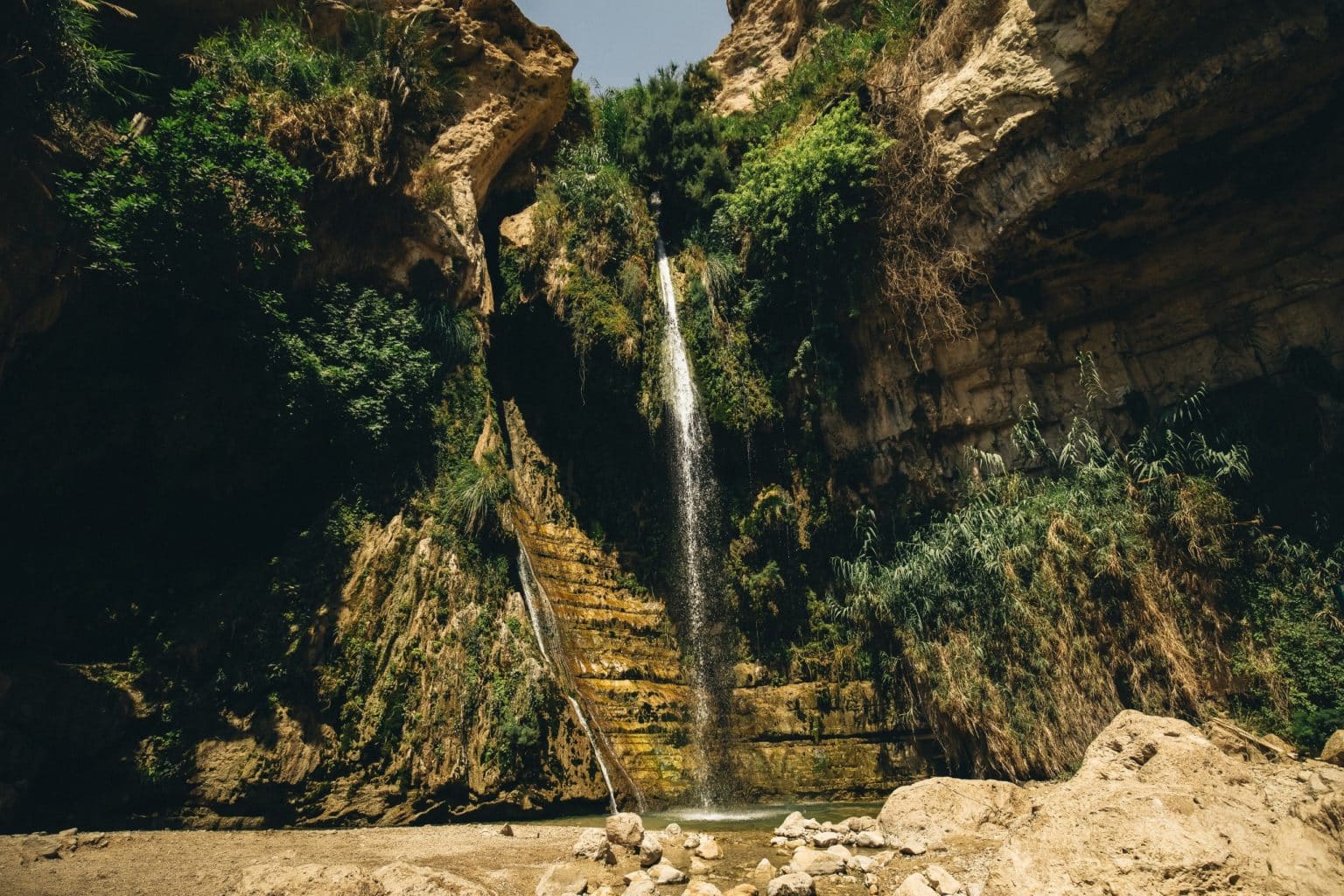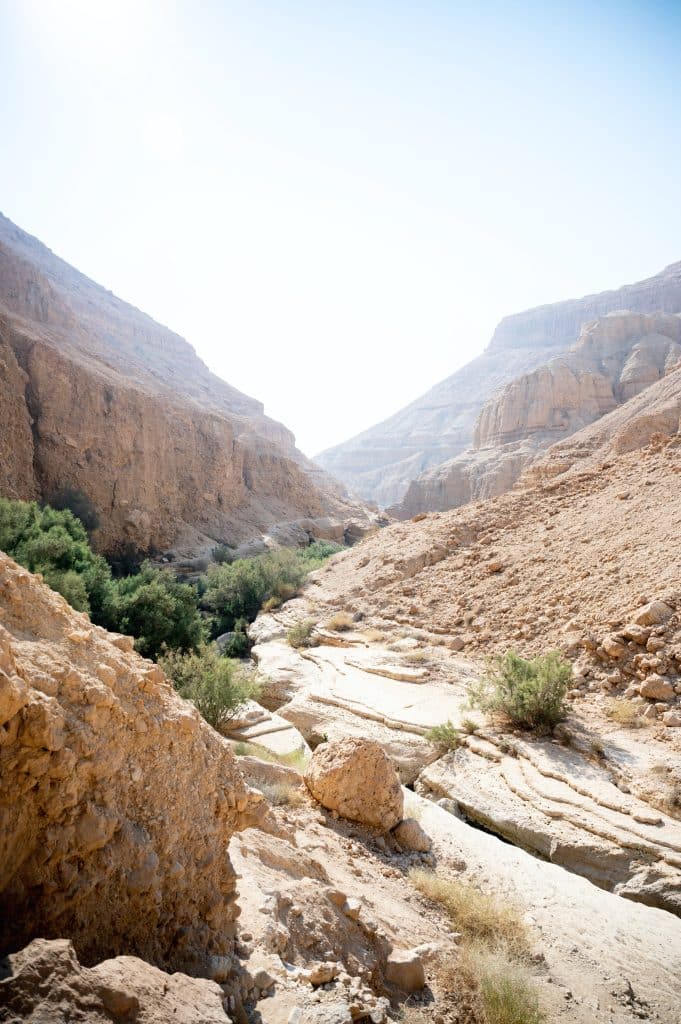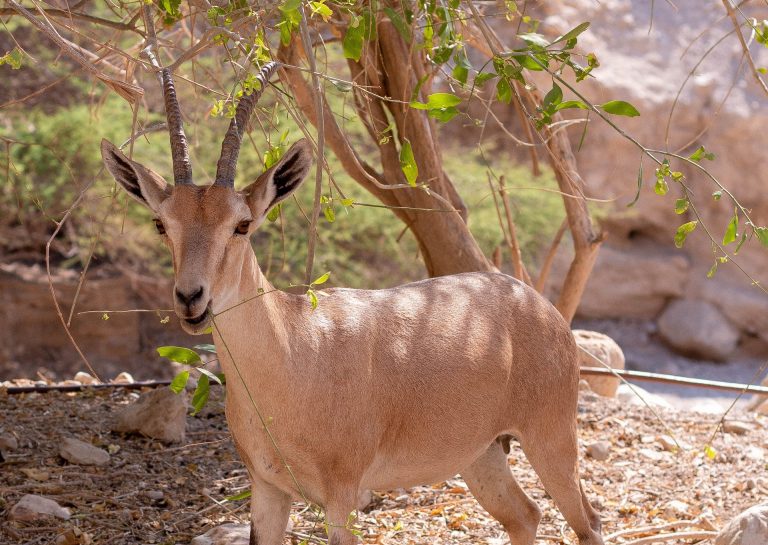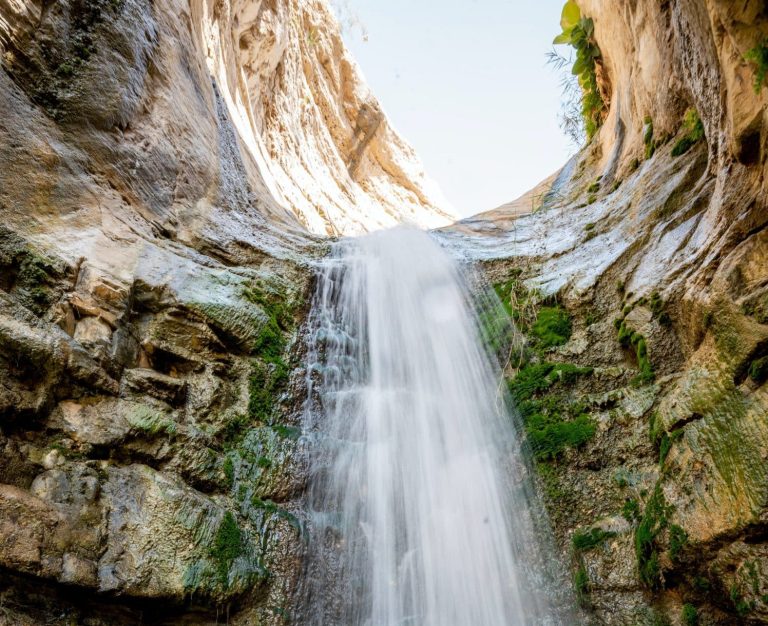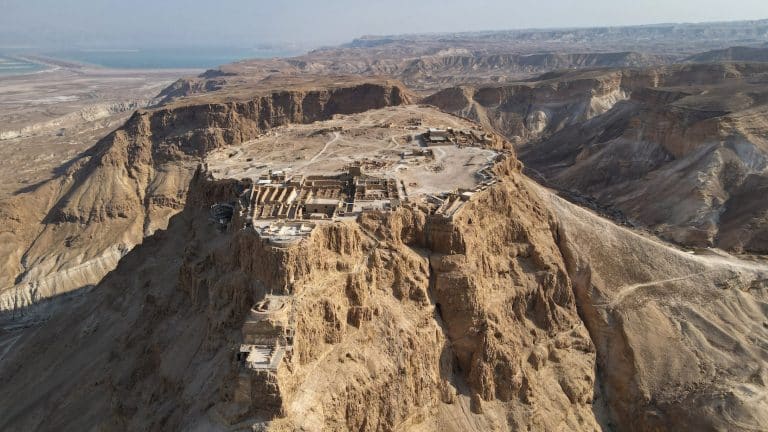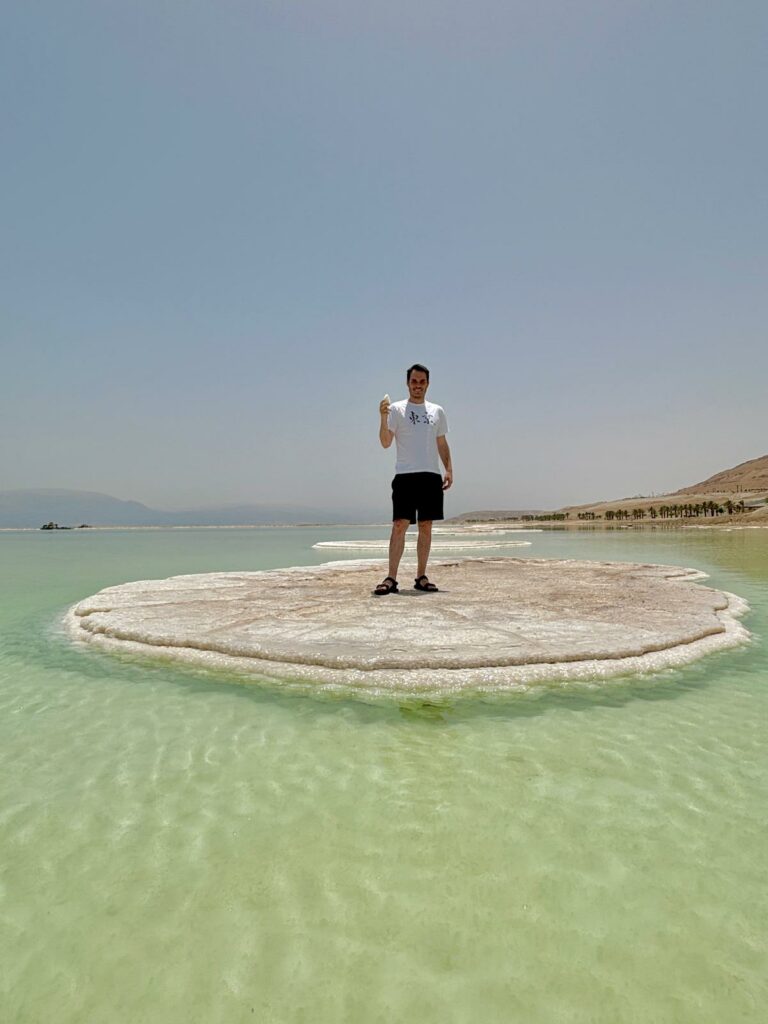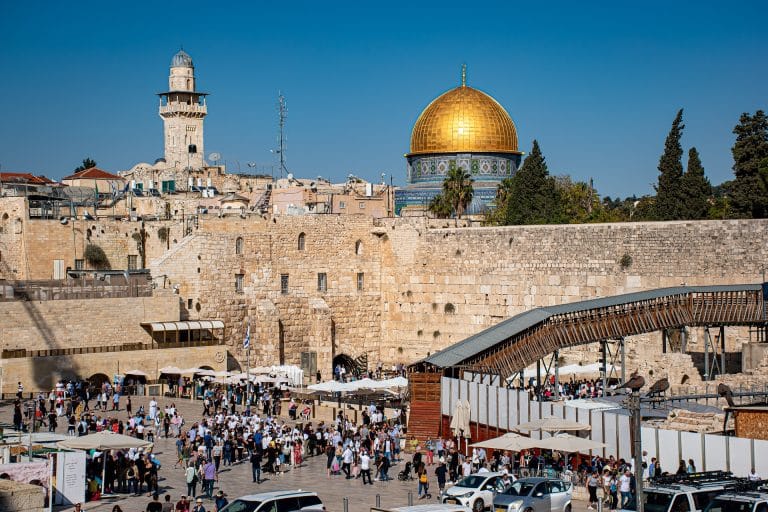In the heart of the Israeli desert, near some of the most popular places to visit in Israel, lies the beloved Ein Gedi Nature Reserve. Featuring multiple waterfalls and springs, terrific hiking trails, and diverse flora and fauna, it is truly a site not to be missed in Southern Israel. Here’s everything you need to know about traveling in Ein Gedi.
Ein Gedi Best Hikes
The best way to experience the various natural attractions of Ein Gedi is through its numerous hiking trails. Here are some of the best options, from short hikes for young families, and up to challenging, adventurous hikes.
Nahal David and Shulamit Waterfall – an easy route
The duration of this route is about an hour and a half. Start at the Ein Gedi Visitor Center and continue walking to Shulamit waterfall. On the way, you will be able to see goats, rock rabbits, and the vegetation of this area. On this route, which is the most popular choice by travelers in Ein Gedi, you can dip in the creek pools, and see the stunning waterfall in the middle of the desert.
Nahal Arugot – a moderate route
A round trip trail of about 6 km in the channel of Nahal Arugot. You enter the reserve through Nahal Arugot, and after about 2 km of hiking, you will reach the beloved Hidden Waterfall. After one km more, you will reach the wonderful pools in the stream, where you can comfortably swim. On the way back, you can walk part of the route inside the flowing stream, so it is recommended to wear shoes that are suitable for walking in water. Please note: you must start the route early, as you can only stay in the pools until 2:00 p.m., and at the waterfall until 3:00 p.m.
From Nahal David to Nahal Arugot – a very difficult route
On this route, start at the visitor center, continue to the Shulamit waterfall, then go up to the Chalcolithic Temple of Ein Gedi. Continue from there to the desert plateau and Ein Gedi Viewpoint, go down towards Nahal Arugot to the hidden waterfall and then, if possible, go to The pools up the river. From there you can return to the entrance to Nahal Arugut.
This route is difficult, and only suitable for experienced and well-equipped hikers, since the climb from Nahal David to the desert plateau is a climb of about 600 meters in altitude. The ascent is very difficult as well as the descent down to Nahal Arugot, which is very steep. About 8 hours should be taken into account for the trip and you should start it immediately when the reserve opens for visitors at 8:00.
Wildlife in Ein Gedi
The substantial amounts of water flowing in the streams of Ein Gedi make the reserve a hub for several wild animals, and one of the best places in Israel to see wild animals from up close. The Nubian ibex, the symbol of Ein Gedi, is thriving in areas of cliffs and rocks – and the reserve is home to one of the largest herds of ibex in the country, numbering hundreds of individuals. Also prominent here are Rock Hares that observe the hikers on the trails, and other mammals such as foxes, wolves, and bats, go out usually at night time. In addition, 16 different species of bats have even been recorded in the reserve. Until the end of the 1990s, even tigers were seen here – but unfortunately, they have become extinct since then. The bird watching opportunities here are noteworthy as well, as birds such as eagles nest in the cliffs, and the very common Tristram which is black and has orange wings, is often seen around the reserve.
The Ein Gedi Ruins
The Ein Gedi area is also rich in history, with settlements dating back to 3000 BC. You can experience the region’s fascinating history by visiting the various ruins in the area, with the most popular one being the old Ein Gedi Synagogue. The synagogue includes magnificent mosaic inscriptions in Hebrew and Aramaic, which were placed during the various stages of development and expansion of the synagogue. One of the inscriptions is of the list of the names of the ancestors of mankind (from Adam to Abraham) and the other is an interesting inscription that says “cursed be he who discovers the secret of the town”. This quote, written an Aramic, refers to the secret of growing persimmons, which were the backbone of the town’s economy.
Another impressive historical site in the area is the Chalcolithic Temple of Ein Gedi. During your visit here, you can see the Remains of a 5,000-year-old temple from the Chalcolithic period, which was used as a place of worship for the theme of water. In 1960, as part of the search operation for scrolls buried in the Judean desert, a 429 magnificent copper ritual vessels wrapped in mats, including wands and ivory vessels, were found in a cave in the nearby Nahal Mishmar. These tools, which are now presented in the Israel Museum in Jerusalem, are believed to have been of use in the temple for worship purposes.
Ein Gedi Natural reserve entrance fee:
Adults: 28 ILS
Children: 14 ILS
Ein Gedi Ruins entrance fee:
Adults: 14 ILS
Children: 7 ILS

